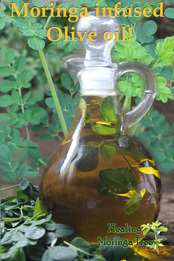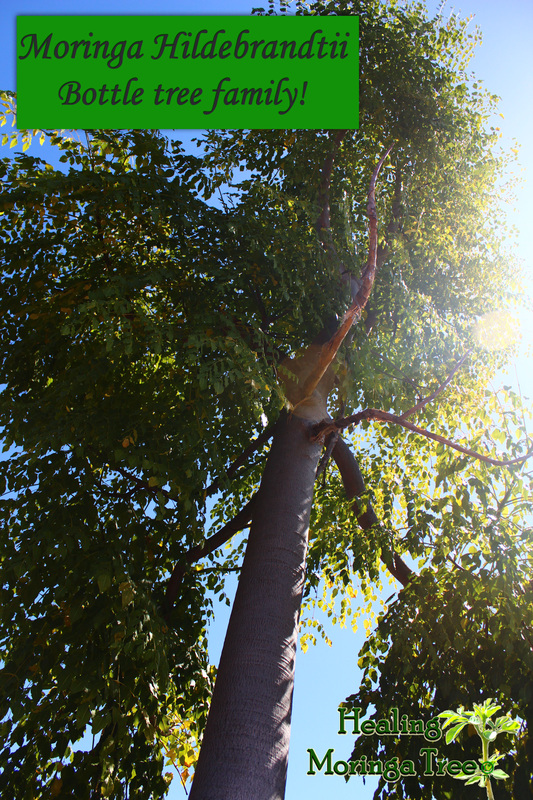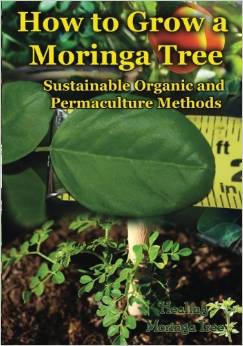Change is always good...
0 Comments
 10 Medicines Not to Give Your Baby by Sara Elliott Image Gallery: Parenting Not all over-the-counter medicines will leave a smile on that adorable face. See more pictures of parenting. BananaStock/Thinkstock The wide availability of over-the-counter (OTC) drugs can make them seem deceptively safe. If they're marketed as drugs for children, then they must be pretty harmless, right? Wrong. The FDA has no recommended guidelines for the use of any OTC medication on babies other than pain relievers. The cutoff for many children's medicines is 2 or 6 years old and up. If your child is younger than that, it's important to be extremely cautious when it comes to administering medicine. If you're breastfeeding, the drugs you may be taking can have health risks for your child, too. These 10 common medicines are bad for baby, and you should be on the lookout for them in any of the products you buy, regardless of the manufacturer or product name. Become an expert at reading product labels -- especially ingredient lists -- and if you can't get the information you need from the product's labeling, ask your pharmacist or call your pediatrician. Never guess. Many medicines administered to infants have side effects that you should evaluate and understand thoroughly before choosing to use them, too. Sometimes, a little cough or some discomfort is preferable to the risks involved in using strong medicines to treat common childhood illnesses. Know all of the ingredients before giving the medicine. BananaStock/Thinkstock Codeine is an example of a drug you wouldn't consciously give an infant without the express approval of your pediatrician, but it could transfer to your child while breastfeeding. There's always the chance that what you ingest will get into your breast milk, so make sure any medications you take will either stay out of your milk or be safe for your baby. Codeine can be an ingredient in prescription as well as non-prescription medications. It's a narcotic pain reliever sometimes prescribed to nursing mothers. The liver metabolizes codeine into morphine, and some women can have high levels of this metabolized morphine in their breast milk after taking codeine medications. Women who metabolize codeine quickly (ultra-rapid metabolizers) may transfer dangerous amounts to their nursing babies. Although codeine has been given to nursing mothers for years and is still prescribed in some circumstances, the FDA has had concerns about it since 2007, citing warning signs to look for in babies who may be ingesting unsafe levels of morphine in breast milk. They include:
DID YOU KNOWThe National Reye's Syndrome Foundation has assembled a list of prescription and over-the-counter medications that contain aspirin-like ingredients that you should avoid administering to any child under the age of 16: National Reye's Syndrome Foundation. There's a strong link between aspirin (and other salicylates) and Reye's syndrome, a potentially fatal neurological disorder. This is particularly true in children under the age of 16. Although instances of Reye's syndrome in children and adolescents have dropped dramatically in the last three decades, it's important to realize that salicylates can be present in over-the-counter drugs, topical products and natural herbal preparations. You may know not to administer aspirin to your child, but before you give any medication, make doubly sure that it doesn't contain salicylates that can be listed with names like acetylsalicylate, salicylic acid, white willow bark or acetylsalicylic acid. The risk for Reye's syndrome increases if aspirin-containing medications are administered to treat viral illnesses like colds and flu. Medical science recognizes that there's a connection, but hasn't yet discovered what it is. If you have any questions about a medication you want to use to treat your child's respiratory or flu-like symptoms, ask your pharmacist or pediatrician. Don't go running to the pharmacy at the first sign of a cold. Comstock/Thinkstock Never treat children younger than two years of age with over-the-counter cough and cold medicines unless specifically directed to do so by your pediatrician. This is the stark warning issued by the FDA in a public health advisory responding to reports of serious side effects in children when taking these drugs. There's research pending on the potential side effects in children between the ages of 2 and 11, and some sources recommend avoiding these drugs altogether if your child is under the age of 6. These medications treat the symptoms of respiratory distress, not the cause, and the risks, even in older children, may outweigh the benefits. DID YOU KNOW?If you have older drugs in your medicine cabinet, they may predate revelations about their safe use. Before you administer any drug you've had for a while, verify that it's within its safe-use date, and check with your pharmacist to make sure that there are no additional cautions you should be aware of. Some pain relievers, like acetaminophen (baby Tylenol) or ibuprofen (baby Advil or Motrin) are safe to give your infant in moderation for painful conditions like gas, earaches andteething, but pain relievers can also be hiding in preparations you may not expect like cold and cough medicines, upping the risk for dangerous double dosing. In fact, discovering the right dosage and formulation for a child under 2 years of age can be a challenge even if there are no other medications involved. Of course, before you turn to a pain reliever for your baby's symptoms, it's always a good idea to check with your pediatrician. Special note: Avoid giving acetaminophen to infants under 3 months old or ibuprofen to infants under 6 months old without your pediatrician's approval. Keep all adult medication out of reach of your baby. iStockphoto/Thinkstock So, you may know better, but when times are tough, you're exhausted, or it seems innocent enough, you may make the mistake of thinking a benign adult medication will be OK to administer to your infant. This can be a poor choice that's never worth the risk. Most adult over-the-counter preparations contain concentrated ingredients, additives and preservatives that may be harmful by themselves or interact with substances your infant is already taking. Whenever possible, rely on products and preparations designed specifically for babies, and if you do have to administer a product that's designed for adult use, check with your doctor or pharmacist first. DID YOU KNOW?If you're breastfeeding, discuss any medications you plan on taking, even over-the-counter medications, with your doctor. Although many drugs are safe to take while breastfeeding, it's important to make "eating for two" as nurturing and benign as possible. This is another drug that may cause problems forbreastfeeding mothers and their babies. Originally marketed outside of the United States as a treatment for nausea and vomiting, users noticed that one of the beneficial side effects of domperidone use was increased milk production in lactating women. For women who weren't producing enough milk, domperidone seemed like a worthwhile option. In 2004, the FDA published a warning letter recommending that it not be used, prompted by published reports of cardiac arrest and sudden death in some women taking intravenous domperidone, concerns about its growing importation and use, and a lack of knowledge about the effects of domperidone on breastfeeding infants. If you want to breastfeed your baby, it's always best to avoid ingesting any more drugs or potentially disruptive or harmful substances than you have to. Many new mothers opt for caution over personal comfort. If you have been diagnosed with an illness that will require drug treatment, consult with your physician and your pediatrician before deciding the best course for your breastfeeding regimen. Coordinating with medical professionals to determine the best way to feed and nurture your baby while protecting yourself is an important step to a healthier family. DID YOU KNOW?When disposing of over-the-counter and prescription medications,always refer to the instructions on the medicine bottle. If none are listed,the Office of National Drug Control Policy recommends that you try to locate a drug take-back program in your area. You may have an alphabet's worth of drugs left over from the last time you had an infant to care for, but the chances are good that many if not most of those drugs have expired "use by" dates. Before you give any drug to your baby, verify that it's safe to use on an infant, and make sure to check the "use by" date stamped on the bottle. If you can't find or decipher the batch information on the drug's packaging, don't risk it. Even if the drug is within its effective date, inspect the contents for discoloration or anything else that seems off. If it's out of date or looks suspicious, discard it. Breastfeeding is a wonderful option, but some medications can cause problems, even when they don't make their way into your breast milk. There are drugs that can adversely affect breast milk production. Diuretics can limit the amount of fluid in the breast, while drugs like anti-hypertensive beta blockers can reduce bloodflow to the arteries that carry blood to the milk-producing regions of the breast. If you're breastfeeding, make sure your doctor knows, and discuss any drugs you plan on taking in light of your breastfeeding intentions. DID YOU KNOW?From drugs to volatile organic compounds (VOCs) in new paint and carpeting, if you think your child is having a negative reaction to a substance he's come in contact with, call your pediatrician immediately. If your child is having trouble breathing, call emergency services right away. And if you have questions about a substance and want to learn more, contact the American Association of Poison Control Centers. Drugs and other sources of chemical contamination can be hiding in plain sight. Evamist is the trade name for an estradiol transdermal spray, an estrogen delivery system to help combat hot flashes during menopause. It's typically sprayed on the inside of the elbow or between the forearm and wrist, prime real estate for doting grandmothers who want to rock and entertain their grandbabies. The FDA sent out a safety announcement about Evamist in July of 2010, warning that children and infants exposed to the drug could experience premature puberty. Males could face breast enlargement while females could show signs of premature breast development and nipple swelling. If someone who comes in regular contact with your child is taking Evamist, she should wear long-sleeved clothing to avoid having direct skin contact with the child near the drug application site. Evamist is one example of a medication intended for a specific purpose that can have accidental implications for your infant, your pets and other members of your family. Even a discarded nicotine patch that inadvertently comes in contact with a toddler's skin can be dangerous, so it's important to anticipate potential drug threats from conventional as well as unconventional sources. 10 Most Popular Baby Names of All Time One year it's Brittney and Justin, next year it's Ashley and Ethan. Then all of a sudden we're back to Dick and Jane. Can you guess the 10 most popular baby names of all time? Is yours on the list? Read more » Related Articles
Sources: http://lifestyle.howstuffworks.com/family/parenting/babies/10-medicines-not-to-give-baby.htm
---Part Used---The inner bark. ---Habitat---The United States, Canada. ---Description---The Slippery Elm is a small tree abundant in various parts of North America.The branches are very rough, the leaves long, unequally toothed, rough with hairs on both sides, the leaf-buds covered with a dense yellow Wool. The flowers are stalkless. The inner bark has important medicinal value and is an official drug of the United States Pharmacopoeia. The bark, which is the only part used, is collected in spring from the bole and larger branches and dried. Large quantities are collected, especially in the lower part of the state of Michigan. As the wood has no commercial value, the tree is fully stripped and consequently dies. The bark as it appears in commerce for use in medicine consists only of the inner bark or bast and is sold in flat pieces 2 to 3 feet long and several inches wide, but only about 1/8 to 1/16 of an inch in thickness. It is very tough and flexible, of a fine fibrous texture, finely striated longitudinally on both surfaces, the outer surface reddish-yellow, with patches of reddish brown, which are part of the outer bark adhering to the inner bast. It has an odour like Fenugreek and a very mucilaginous, insipid taste. The strips can be bent double without breaking: if broken, the rough fracture is mealy, strongly but finely fibrous. The clean transverse section shows numerous medullary rays and altemate bands of bast parenchyma, thus giving it a chequered appearance. A section moistened and left for a few minutes, and again examined, shows large swollen mucilage cells. The powdered bark is sold in two forms: a coarse powder for use as poultices and a fine powder for making a mucilaginous drink. The disintegrated bark forms, when moistened, a flexible and spongy tissue, which is easily moulded into pessaries, teats, and suppositories. It is recommended that ten-year-old bark should be used. The powder should be greyish or fawncoloured. If dark or reddish, good results will not be obtained. The powdered bark is said to be often adulterated with damaged flour and other starchy substances. ---Constituents---The principal constituent of the bark is the mucilage contained in large cells in the bast. This mucilage is very similar to that found in linseed. It is precipitated by solutions of acetate and subacetate of lead, although not by alcohol The mucilage does not dissolve, but only swells in water and is so abundant that 10 grains of the powdered bark will make a thick jelly with an ounce of water. Microscopic examination of the tissue of the bark shows round starch grains and very characteristic twin crystals of Calcium oxalate. [Top] ---Medicinal Action and Uses---Demulcent, emollient, expectorant, diuretic, nutritive. The bark of this American Elm, though not in this country as in the United States an official drug, is considered one of the most valuable remedies in herbal practice, the abundant mucilage it contains having wonderfully strengthening and healing qualities. It not only has a most soothing and healing action on all the parts it comes in contact with, but in addition possesses as much nutrition as is contained in oatmeal, and when made into gruel forms a wholesome and sustaining food for infants and invalids. It forms the basis of many patent foods. Slippery Elm Food is generally made by mixing a teaspoonful of the powder into a thin and perfectly smooth paste with cold water and then pouring on a pint of boiling water, steadily stirring meanwhile. It can, if desired, be flavoured with cinnamon, nutmeg or lemon rind. This makes an excellent drink in cases of irritation of the mucous membrane of the stomach and intestines, and taken at night will induce sleep. Another mode of preparation is to beat up an egg with a teaspoonful of the powdered bark, pouring boiling milk over it and sweetening it. Taken unsweetened, three times a day, Elm Food gives excellent results in gastritis, gastric catarrh, mucous colitis and enteritis, being tolerated by the stomach when all other foods fail, and is of great value in bronchitis, bleeding from the lungs and consumption (being most healing to the lungs), soothing a cough and building up and preventing wasting. A Slippery Elm compound excellent for coughs is made as follows: Cut obliquely one or more ounces of bark into pieces about the thickness of a match; add a pinch of Cayenne flavour with a slice of lemon and sweeten, infusing the whole in a pint of boiling water and letting it stand for 25 minutes. Take this frequently in small doses: for a consumptive patient, about a pint a day is recommended. It is considered one of the best remedies that can be given as it combines both demulcent and stimulating properties. Being mucilaginous, it rolls up the mucous material so troublesome to the patient and passes it down through the intestines. In typhoid fever, the Slippery Elm drink, prepared as for coughs, is recommended, serving a threefold purpose, to cleanse, heal and strengthen, the patient being allowed to drink as much as desired until thirst has abated, and other remedies can be used. If the patient is not thirsty, a dose of 2 large tablespoonfuls every hour for an adult has been prescribed. The bark is an ingredient in various lung medicines. A valuable remedy for Bronchitis and all diseases of the throat and lungs is compounded as follows: 1 teaspoonful Flax seed, 1 OZ. Slippery Elm bark, 1 OZ. Thoroughwort, 1 stick Liquorice, 1 quart water. Simmer slowly for 20 minutes. Strain and add 1 pint of the best vinegar and 1/2 pint of sugar. When cold, bottle. Dose: 1 tablespoonful two or three times a day. In Pleurisy, the following is also recommended: Take 2 oz. each of Pleurisy root, Marsh Mallow root, Liquorice root and Slippery Elm bark. Boil in 3 pints of water down to 3 gills. Dose: 1/2 teaspoonful every half-hour, to be taken warm. As a heart remedy, a pint of Slippery Elm drink has been prescribed alternately with Bugleweed compound. Slippery Elm bark possesses also great influence upon diseases of the female organs. It is particularly valuable both medicinally and as an injection in dysentery and other diseases of the bowels, cystitis and irritation of the urinary tract. The injection for inflammation of the bowels is made from an infusion of 1 OZ. of the powder to 1 pint of boiling water, strained and used lukewarm. Other remedies should be given at the same time. An injection for diarrhoea may also be made as follows: 1 drachm powdered Slippery Elm bark, 3 drachms powdered Bayberry, 1 drachm powdered Scullcap. Pour on 1/2 pint of boiling water, infuse for half an hour, strain, add a teaspoonful of tincture of myrrh and use lukewarm. As an enema for constipation, 2 drachms of Slippery Elm bark are mixed well with 1 OZ. of sugar, then 1/2 pint of warm milk and water and an ounce of Olive Oil are gently stirred in. Injection for worms (Ascarides): 1/2 drachm Aloes powder, 1 drachm common salt, 1/2 drachm Slippery Elm powder (fine). When well mixed, add 1/2 pint warm water and sweeten with molasses, stirring well. Slippery Elm mucilage is also prescribed to be mixed with Oil of Male Fern (2 oz. of the mucilage to 1 drachm of the oil) as a remedy for the expulsion of tapeworm The Red Indians have long used this viscous inner bark to prepare a healing salve, and in herbal medicine a Slippery Elm bark powder is considered one of the best possible poultices for wounds, boils, ulcers, burns and all inflamed surfaces, soothing, healing and reducing pain and inflammation. It is made as follows: Mix the powder with hot water to form the required consistency, spread smoothly upon soft cotton cloth and apply over the parts affected. It is unfailing in cases of suppurations, abscesses, wounds of all kinds, congestion, eruptions, swollen glands, etc. In simple inflammation, it may be applied directly over the part affected; to abscesses and old wounds, it should be placed between cloths. If applied to parts of the body where there is hair, the face of the poultice should be smeared with olive oil before applying. In old gangrenous wounds, an excellent antiseptic poultice is prepared by mixing with warm water or an infusion of Wormwood, equal parts of Slippery Elm powder and very fine charcoal and applying immediately over the part. A very valuable poultice in cases where it is desirable to hasten suppuration or arrest the tendency to gangrene is made by mixing the Slippery Elm powder with brewer's yeast and new milk. Compound Bran poultice is made by mixing with hot vinegar equal quantities of wheaten Bran with Slippery Elm powder. This is an excellent poultice for severe rheumatic and gouty affections, particularly of the joints, synovitis etc. Herbal poultices, generally made from the bruised, fresh leaves of special herbs, are frequently mixed with Slippery Elm and boiling water sufficient to give the mass consistency. Marshmallow Ointment, one of the principal ointments used in herbal medicine, has a considerable proportion of Slippery Elm bark in its composition. It is made as follows: 3 oz. Marshmallow leaves, 2 OZ. Slippery Elm bark powder, 3 oz. Beeswax, 16 OZ. Lard. Boil the Marshmallow and Slippery Elm bark in 3 pints of water for 15 minutes. Express, strain and reduce the liquor to half a pint. Melt together the lard and wax by gentle heat, then add the extract while still warm, shake constantly till all are thoroughly incorporated and store in a cool place. The bark of Slippery Elm is stated to preserve fatty substances from becoming rancid. It has been asserted that a pinch of the Slippery Elm powder put into a hollow tooth stops the ache and greatly delays decay, if used as soon as there is any sign of decay. Lozenges or troches containing 3 grains of Elm flavoured with methyl salicylate are used as a demulcent. ---Preparations---Mucilage, U.S.P., made by digesting 6 grams of bruised Slippery Elm in 100 c.c. and heated in a closed vessel in a water-bath for 1 hour and then strained. ---Other Species--- Fremontia Californica, or Californian Slippery Elm, has bark with similar properties, and is used in the same way, but is not botanically related. See more at:http://www.botanical.com/botanical/mgmh/e/elmsli09.html 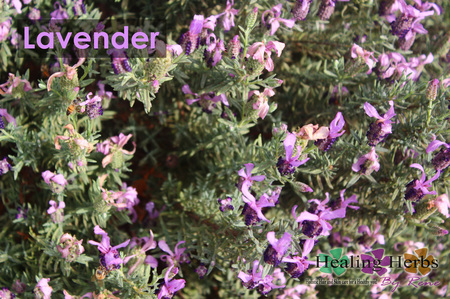
Aroma therapy is a highly personal concept in which total determination is based on ones emotional and attractive needs. Relieve stress, breathe easy, and make your peace be still throughout your day with the historical solution of pleasing your senses with encouraging fragrances.
(See our Aroma Sprays Here)
This is what we call the Moringa Testing Ground; a pre-mixed organic mountain of soil containing over 500 moringa oleifera seeds. At five inches in height, our seedlings here proved to be drought tolerant after going a total of 12 hours without any water. Past challenges with other Moringa Seed vendors were unfortunate, because there seeds took weeks to germinate and the seedlings acted as if they were stunted per DNA, allowing the Moringa to grow an inch a month, or to just totally die off for no apparent reason. Yes we've been bumbed-out too, with high expectations, only to gain more respect for a plant species that shouldn't be hindered from its proper way of production. With this, take a good look at this photo, at the end of August, 2015, the Moringa here should reach to about five to six feet in height. Will keep ya updated...
|
Archives
June 2019
We sell Organic Moringa Trees,Moringa seeds.Southern California source of healthy Organic Moringa Trees. Categories
All
|
- Store Shop
-
MORINGA TREES & SEEDS
- MORINGA TREES
- Buy Moringa Seeds & Trees
- Moringa Tree Starter Kit
- Moringa Root Kits
- Wholesale Moringa Trees
- Organic Moringa Seeds
- Buy Oleifera Seeds >
- Buy Stenopetala Seeds
- Buy Moringa Roots
- Baobab Trees for Sale >
- Buy Medicinal Plants >
- Growing Moringa
- Sustainable Supplies >
- Moringa Books >
- Ground Organic Moringa seeds
- Non-Toxic ECO Moringa Cleaners
- Clay Tea Pots
-
Moringa Health
- ORGANIC HERBAL SMOKES
-
Moringa Powder, Capsules, Tea, Dried Leaves,
>
- Moringa Honey
- Moringa Alkaline Water
- Moringa Recipes
- Moringa First Aid kits
- Moringa Tooth Powder Kit
- Diatomaceous Earth
- Buy Turmeric >
- MORINGA SPAGYRIC TINCTURE >
- Fresh Moringa >
- Moringa Herbal Olis >
- Moringa Oral Care >
- Moringa Nail Polish
- Moringa Sample set
- Colloidal Silver Products
-
Moringa Beauty Products
- Mamas Moringa Baby Products
- Organic Moringa Cosmetic Products
- Aroma Herbal Mood Sprays
- Moringa Hair Products >
-
Moringa Skin Products
>
- Organic Moringa Oil >
- Moringa Soap
- Moringa Hand Soap
- Moringa Natural Skin Care System
- Moringa Anti-Aging Face Lotion
- Moringa Infused Clay Mask
- Roll on Aluminum-Free Moringa Herbal Deodorants
- Moringa Herbal Deodorants
- Moringa Sunscreen
- Moringa Bath Salt
- Moringa Hand Sanitizer
- Moringa Chest Rub
- Moringa Foot Spray
- Moringa Vaginal lubricant
-
Moringa For PETS
- Moringa Silky Coat Dog Grooming Products
- Yorkie Hypoglycemia Relief Multivitamin Drops
- Moringa American Staffordshire Terriers
- Moringa Healthy PETS
- Moringa Doggy Treats
- Moringa Dog Food
- Organic Moringa Cat Treats
- Organic Moringa Pigeon Feed
- Organic Moringa Fish food Flakes!
- Moringa Pet Body Products
- Moringa GIFTS
- Healing Moringa MASSAGE & SPA

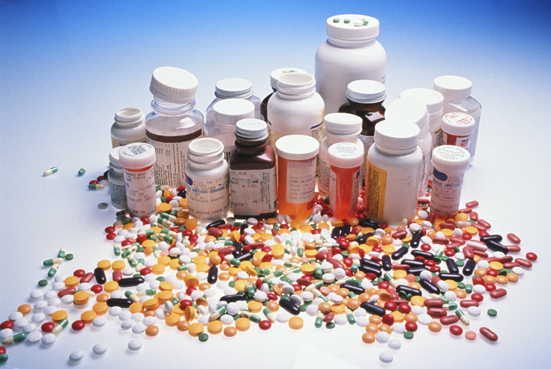


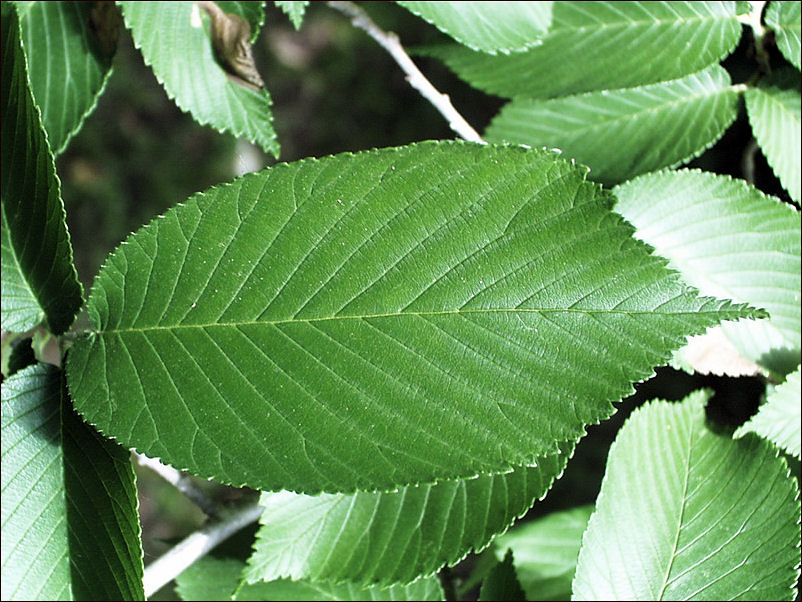
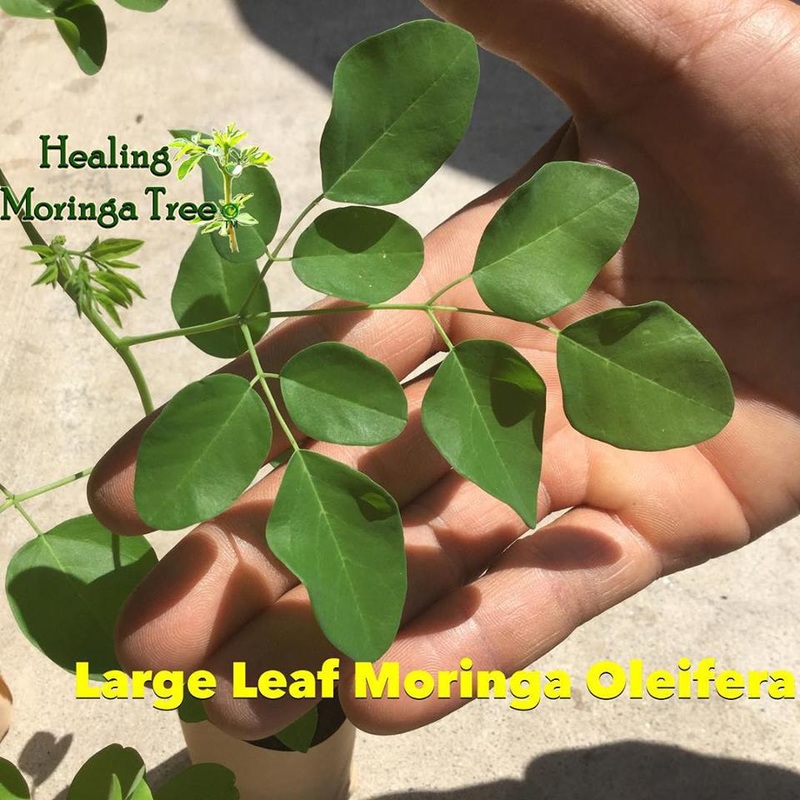

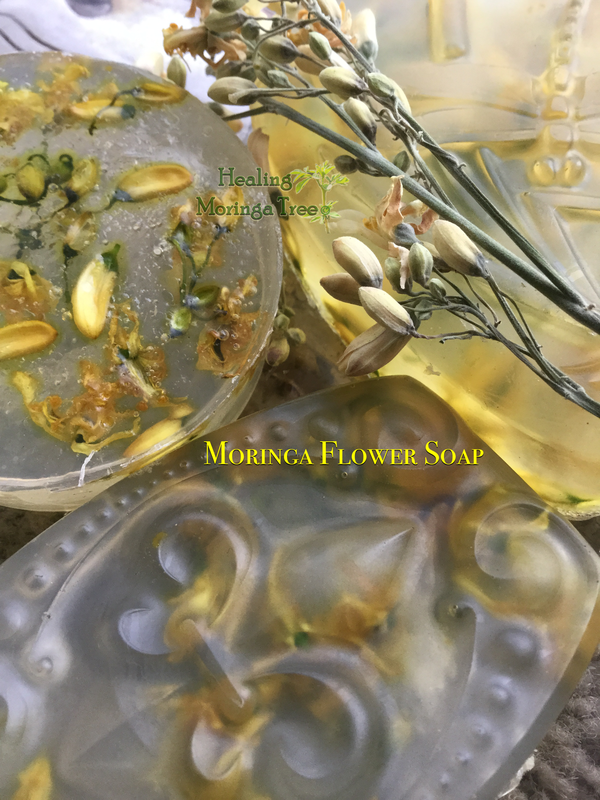


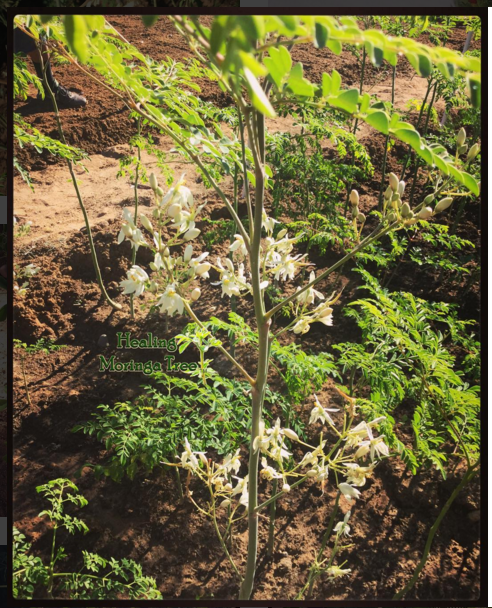
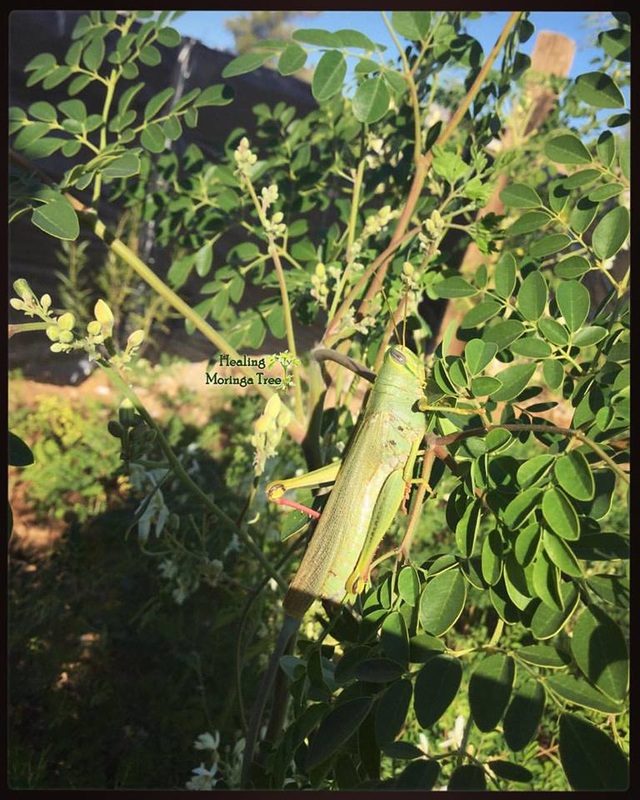
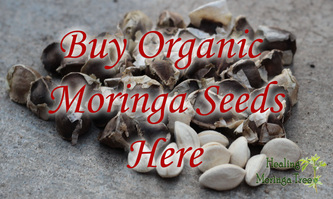
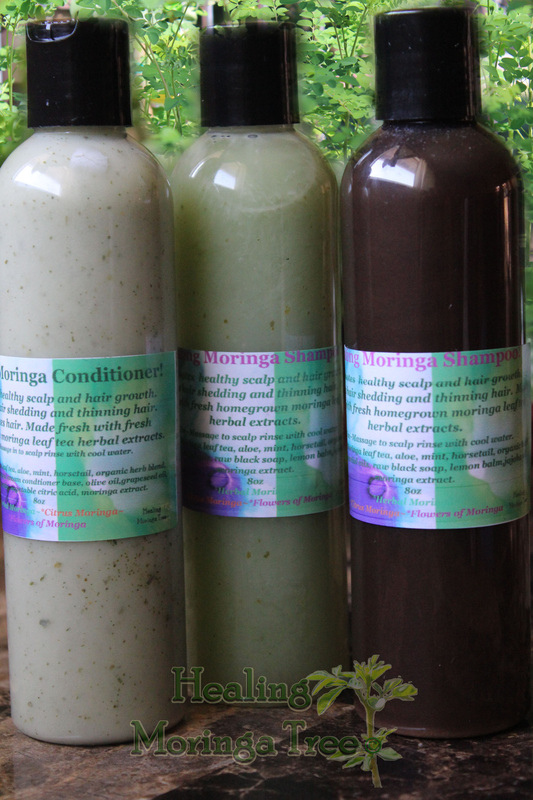
 RSS Feed
RSS Feed

